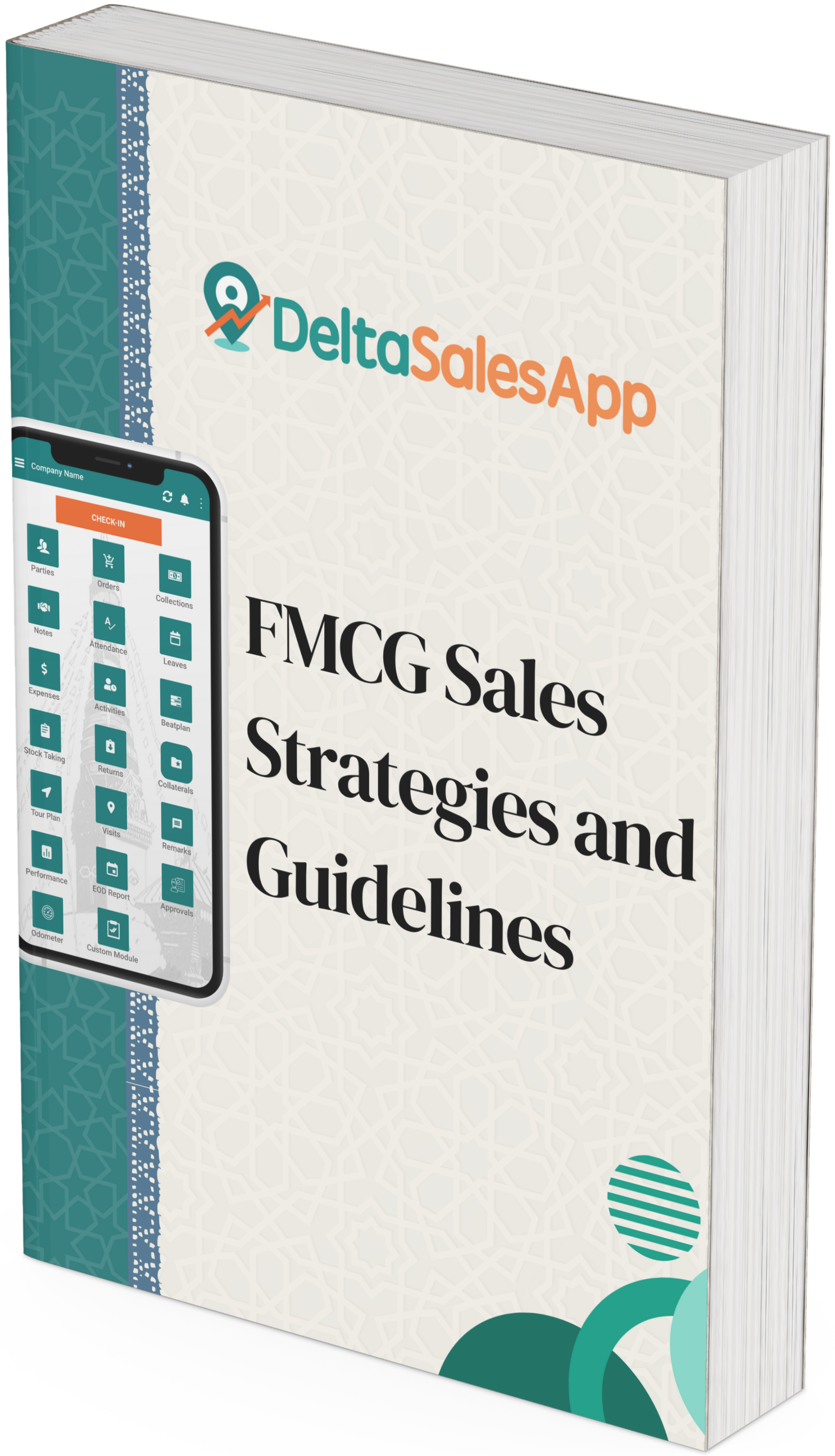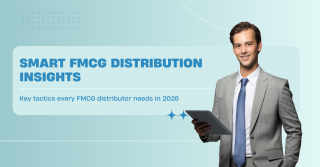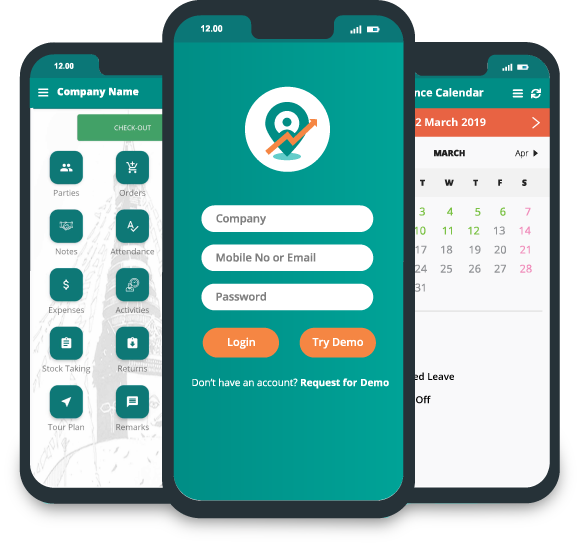How to start an FMCG distributorship business?

Being highly in demand, it is often an attractive business to get into. But, how should one actually start an FMCG distributorship business?
There are different types of consumer goods that people tend to purchase and use on a regular basis. These items are known as FMCGs or fast-moving consumer goods. These products range from beauty and cosmetic items to drinks and food. FMCG goods have a shorter shelf life due to high consumer demand (for example, cosmetics, soft drinks, and candy) or because they are perishable (such as dairy products and baked goods). People purchase these items often, they're used quickly and they're affordable. They also have a high turnover rate when they're being sold at a store.
Following are the ways to start an FMCG distributorship business
1. Choose the Right Product
To run a successful FMCG business, your team should be in sync with the demands of different types of products. And for this, you need to do good market research about the products. If you are very particular about what gets distributed to the masses, build a strong portfolio of top products focusing on flavors, fragrances, and other features that will evoke positive reactions from potential customers. Knowing what products consumers want in their lives and homes is key to your success, so look at the consumer trends that can dictate future product demand.
2. Having a Good Strategy
Before starting a business, you need to write a business plan. Company strategy is the secret to running any productive business. Your business plan must contain the full vision of your FMCG distribution business so that it keeps you going in one direction and for that, you have to identify different opportunities like making a list of companies who are suffering because of poor service from the distributor. The business plan format should have information regarding the type of distributor you will be, the target customer, management strategy, marketing plans, logistics & supply chain.
3. Licensing and Registration
After choosing a product and writing a business plan, get your business officially registered through some sort of licensing process. To get your business going, the first step is applying for a license. This will depend on the location of your business based on city and state regulations. Next, check around to make sure you have the right documentation such as any contracts you need in order to run your operations.
4. Warehousing
Location is an important factor for your business to succeed. The size of the space you need to hold your inventory will be determined by some of the factors including (but not limited to) the size of your product and your delivery method. You should consider starting off with a smaller location at first for selling products because as your business improves, you can move into larger spaces that can accommodate your inventory needs - one such facility being a distribution warehouse. You also need to ensure your products are stored in good condition to avoid any damage. Ensuring all your goods are insured is also important.
5. Hiring a Field Sales Team
The next step is to look for field sales representatives, who would be responsible to visit various customers/outlets and sell the product. A good sales rep is one who is good at sourcing new sales opportunities, closing deals, and managing the sales of products. He/she needs to be trained so as to gain a good knowledge of the product. Additionally, he/she should be able to build a good relationship with retailers.
You can also check our article on the Qualities of a good FMCG Sales Rep.
6. Implementing a Field Sales Management Software
It is also important to implement good field sales software to automate manual tasks, as well as make field sales reps more efficient. Using an app, your company can ensure field sales reps are more informed about customers while they are on the field, which enables field sales to speed up their processes, and be more productive, thereby helping the company to do more sales. There are different field sales management software like Delta Sales App, Badger Maps, Sales Rabbit, etc.
7. Scaling
Once you've established yourself within your local area then you may begin planning how best to scale up your reach as well as better accommodate your supply chain in order to meet increased demand with a larger inventory. This can be achieved by opening up additional warehouse locations or having multiple warehouses coordinating directly with one another. You can also look for Stockists & Distributors for your product to reach out to various locations.









